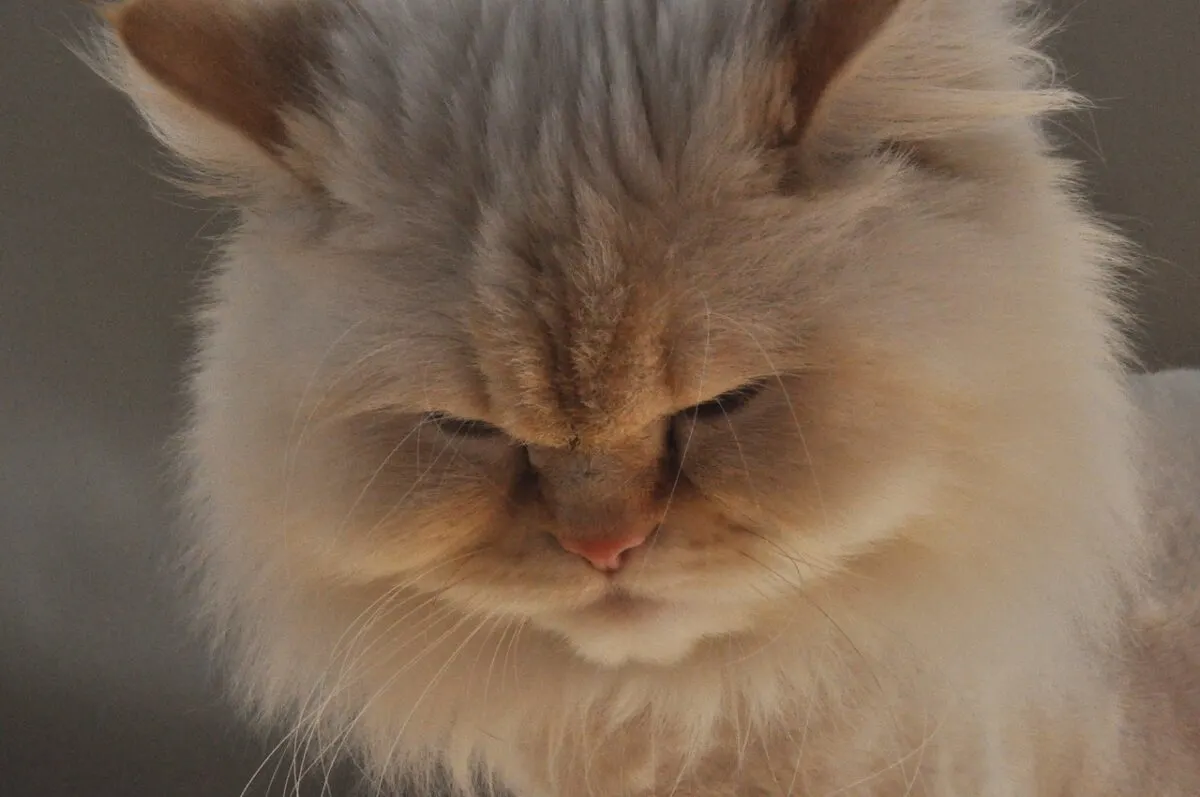Himalayan cats are undoubtedly one of the world’s most intriguing felines. With their charismatic personalities and beautiful features, it’s no wonder people around the globe view them as desirable pets.
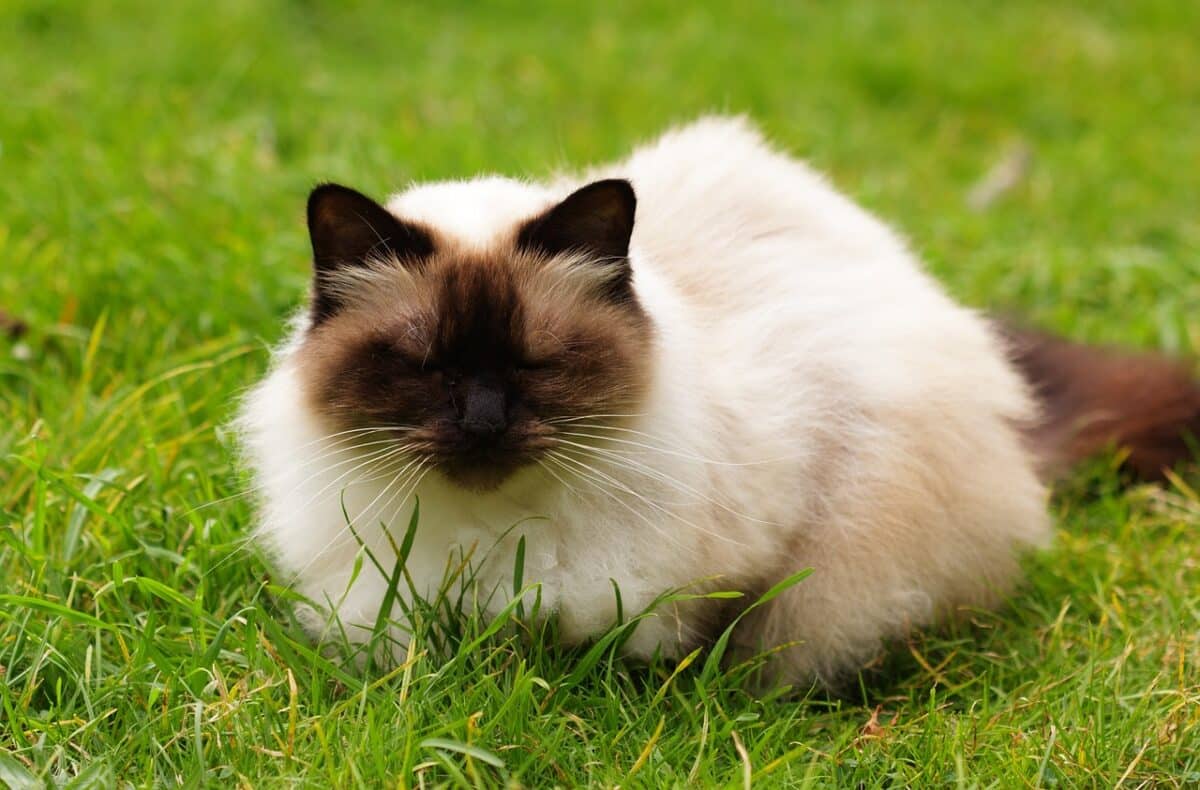
Found living mostly in chilly climates such as Russia or Siberia, these impressive cats have adapted to living with much colder temperatures than other breeds of house cats. Not only that, they seem to thrive on human companionship rather well – so much so that owners often consider them “lap cats” due to their need for affection!
In this blog post, we’ll explore the unique history and characteristics of Himalayan Cats —from how their long-haired fur helps keep them warm during icy winters; to how their signature blue eyes result from a genetic mutation — and lastly, why these adorable kitties make such good family pets despite contrary myths about difficult temperaments.
History of Himalayan Cats
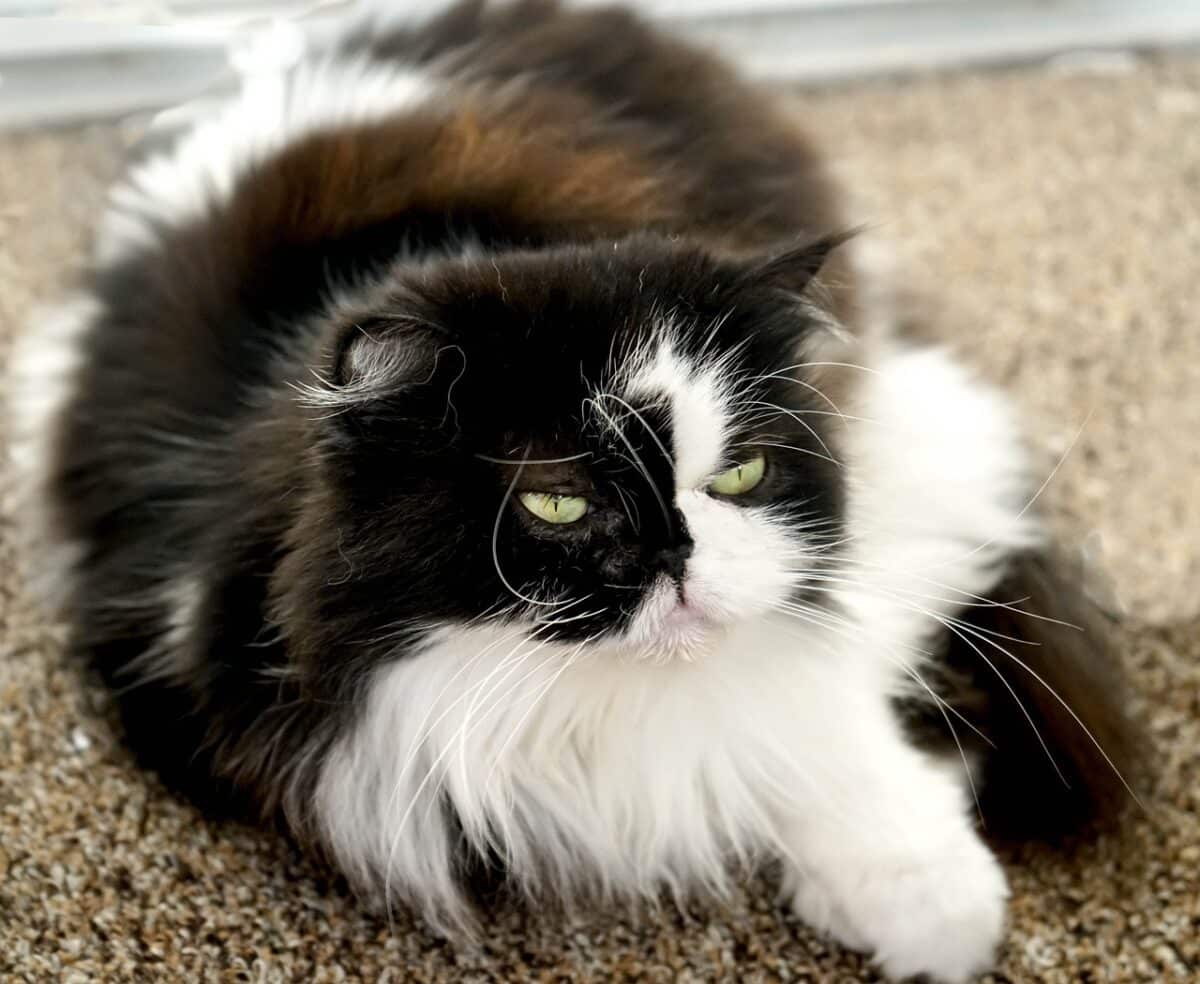
It is believed by some that Himalayan cats are ancestors of a tiny feral cat from central Asia, called the Palla’s cat, but it is still up for debate.
Most people contend that they originated in the U.S. during the 1930’s. Researchers and cat lovers wanted to produce a breed that contained the characteristics of both Siamese and Persian cats. The very first successful crossing was named “Newton’s Debutante.”
During WW2 the research was naturally put on hold. In the 1950’s it was picked up again and eventually received the name we know it today; the Himalayan. It was named after the Himalayan rabbit, which has a similar color variation in its coat. However, it was only during the 1960’s that the breed was officially accepted by the U.S. registry and began competing in cat shows.
In Britain, the breed usually goes by the name of “Colorpoint Longhair.”
Appearance and Physical Characteristics
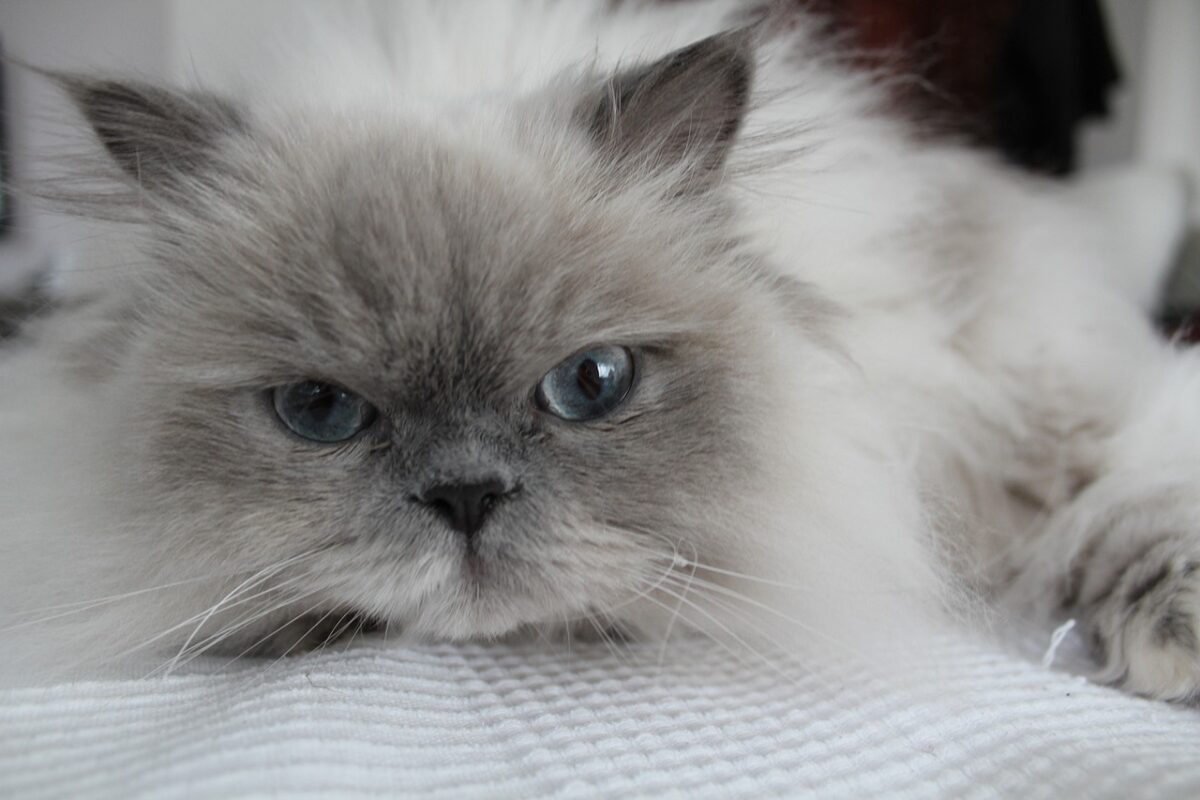
The most defining physical characteristics of Himalayan cats are their long, soft fur and striking blue eyes. This breed also has a medium-sized body and short legs, with males typically weighing between 10 and 15 pounds and females being slightly smaller.
Color Variation
Though Himalayans come in many shades ranging from seal point (a darker shade) to redpoint (a lighter hue), most have one thing in common: a white muzzle and chest. They also tend to have dark markings on their backs, tails, legs, and cheeks.
Adapting To Cold Climates
One reason Himalayans can thrive in colder climates is their thick coats of fur. This allows them to retain heat better than other breeds. Additionally, they have an extra layer of fat beneath their skin which helps keep them warm during frigid temperatures and protects against sharp objects or thorns.
Genetic Mutation
Himalayans’ signature blue eyes are thought to result from a genetic mutation known as ‘epistatic white.’ This affects melanin production in certain portions of their coat, resulting in white patches near their face and paws. Interestingly, this mutation does not necessarily result in blue eyes for all cats. It can produce greenish-yellow or even orange eye colors depending on the individual feline’s genetics.
Temperament and Behavior As Pets
Although there is some misconception about Himalayans having difficult temperaments, they make very good family pets due to their outgoing personalities and affectionate natures. This myth is likely because the Himalayans are known for being more independent than other breeds of cats. In fact, they are known for being especially good with children as they love any sort of attention and playtime.
They are also very intelligent creatures who enjoy being around people and playing with toys or puzzles – making them great companions for anyone looking for an engaging pet.
Himalayan cats are known for their affectionate, lap-cat demeanor and make excellent family pets. They love human companionship and crave attention, often seeking out their owners’ laps when they require a cuddle or want to show appreciation. Due to this behavior, many owners consider them ‘lap cats’ rather than regular housecats.
They have a gentle and sweet temperament and enjoy being petted and brushed. Himalayans follow their owners around the house, usually finding a spot to settle down close to them. They will stay nearby even when not getting direct attention from them.
Grooming Needs
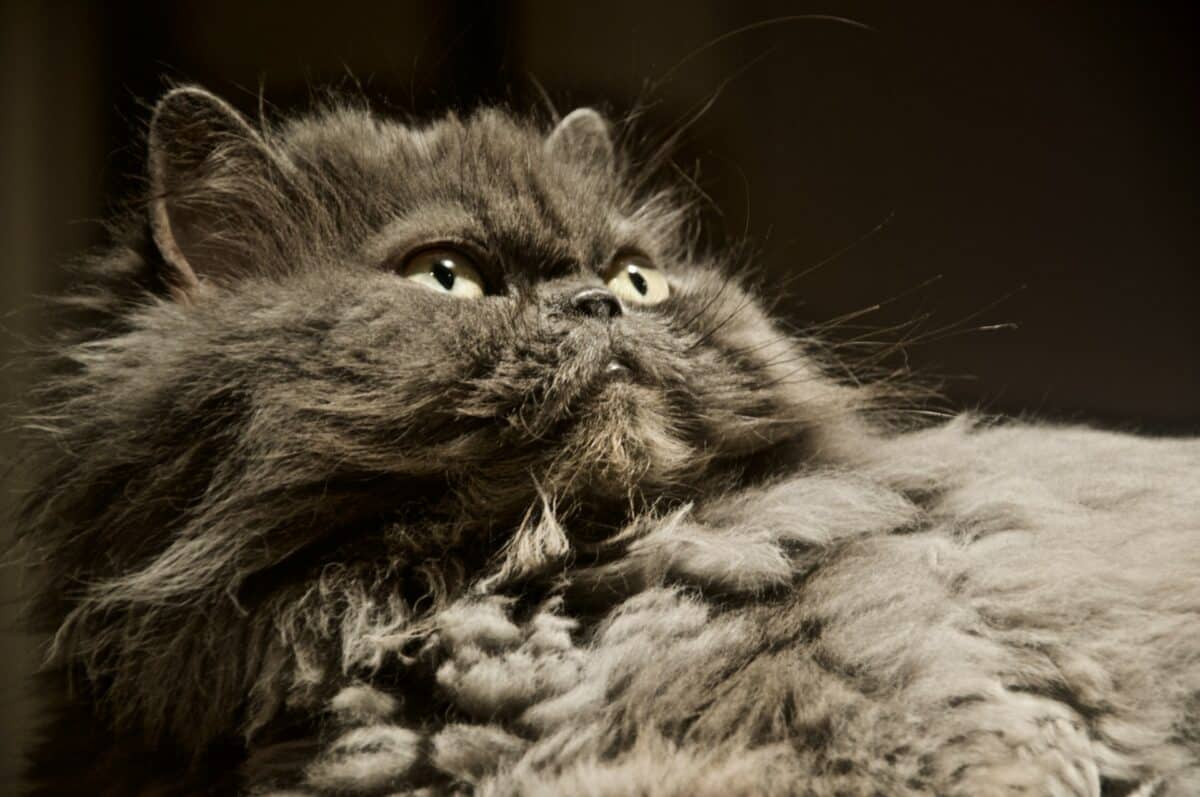
Due to their long and beautiful fur, Himalayans demand lots of grooming. Preferably they should be brushed daily to prevent their coat from matting. On the bright side, though, due to their overall cuddly and affectionate nature, they tend to love being brushed – so rather look at their grooming requirements as quality time with your feline companion rather than a strenuous chore.
Keep bathing time to a monthly occurrence. Bathing them too often will have the opposite effect, as this will disrupt their natural oil production.
In fact, it is a Himalayan cat that holds the world record for the cat with the longest hair – a whole nine inches long. A cat named Colonel Meow was awarded the Guinness World Record in 2012.
Life Span and Health Issues
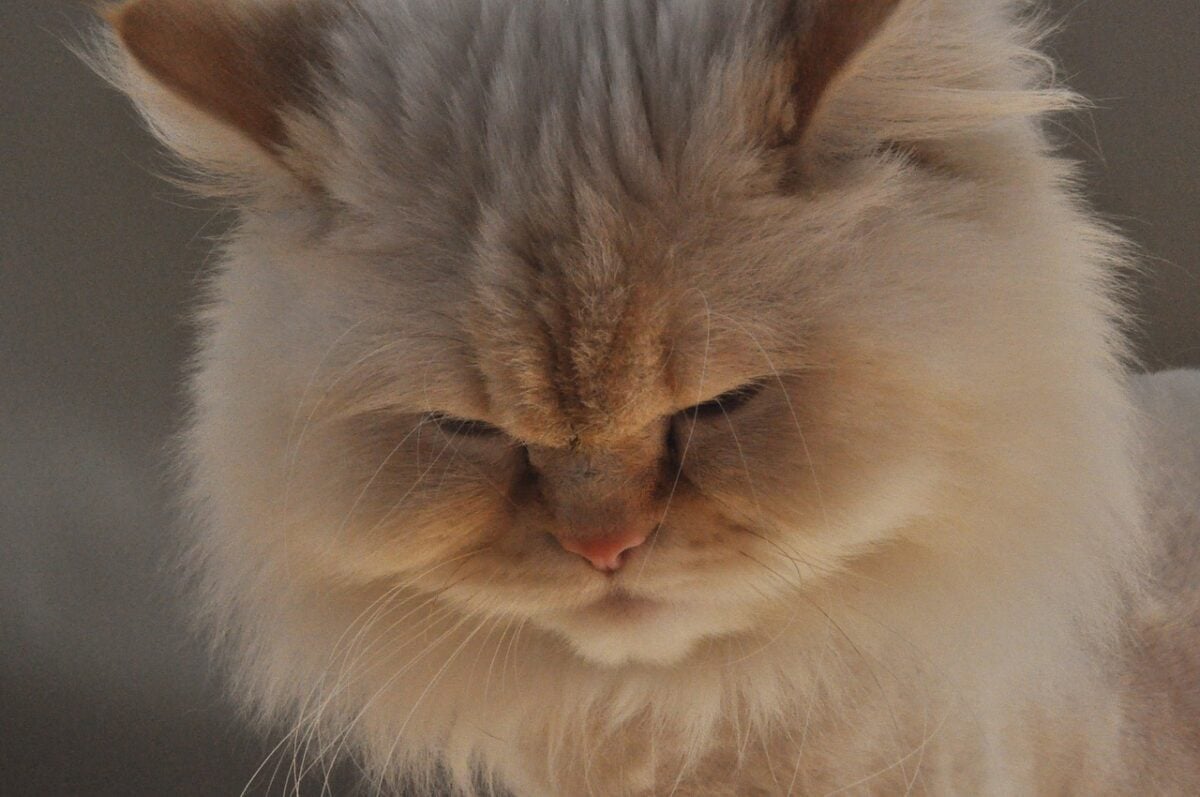
Finally, due to their favorable genetics, this particular breed has a tendency towards living longer. Owning a Himalayan cat usually means enjoying many, many years together, helping reduce stress levels within the household environment. These cats typically live for 8-11 years, but by paying close attention to their health and regular trips to the vet, they can live far beyond this number.
Health concerns to look out for include breathing difficulties, dental issues, and different types of eye conditions. “Cherry eye” is one such eye condition that these cats often suffer from, which is when the tear gland in the eye protrudes due to the fibers in the eyelids being weak. Sometimes the issue will resolve on its own, but more often than not, surgery is required. So, it’s best to bring your cat to the vet straight away if you suspect a case of cherry eye.
Benefits of Owning a Himalayan Cat
Beauty
Himalayan cats boast an impressive and unique appearance that will make a statement in any home. With their distinctive long coat, often shades of white and grey, the Himalayan cat makes a stunning family addition. Furthermore, they have beautiful blue eyes, striking against their darker fur.
Personality
One of the best aspects of owning a Himalayan cat is its wonderful personality. Known for being friendly, curious, and affectionate with people, these cats bring lots of joy into the home. Unlike other breeds, these cats won’t shy away from attention but actively seek it out to spend quality time with their owners!
Adaptability
Living in cold climates has made the Himalayan cat even more adaptable than most other breeds. Not only can they thrive in colder temperatures but also in warm ones! They are incredibly versatile when it comes to adjusting to different environments. So whether you live in an apartment or near nature – your furry feline will be fine either way.
Intelligence
Much like other felines, Himalayan cats are known to be highly intelligent creatures and can quickly learn tricks and commands. This intelligence also allows them to problem-solve, so they won’t get into situations that could cause harm or injury to themselves or others around them if left unsupervised.
Loyalty
Owning a Himalayan cat means having a loyal companion at your side through thick and thin times! These fluffy bundles of joy love spending time with their owners and will happily curl up next to you on winter nights or follow you around the house while playing games.
Unique Meows
Many people who own a Himalayan cat talk about how special their meow is compared to many other cats – including those within the same breed groupings such as Siamese Cats, etc. Himalayans have been known to produce unique meows based on certain situations, such as when they’re hungry or want attention. In short, they’re good communicators!
Cuddly Nature
Of course, one cannot forget how cuddly these cats can get – especially when combined with how laid-back they are. It’s common nature for this breed to enjoy snuggling up close while being petted by its loving owner, making sure no one ever feels alone when accompanied by one of these furry friends.
Key Points
| Himalayan cats are undoubtedly one of the world’s most intriguing, eye-catching felines. |
| Himalayan cats have thick double coats that require regular grooming to maintain healthy fur—especially during shedding season, which occurs twice yearly! |
| Himalayan cats boast an impressive and unique appearance that will make a statement in any home. |
| Many people who own a Himalayan Cat talk about how special their meow is compared to many other cats – including those within the same breed groupings, such as Siamese Cats. |
| Despite the friendly nature of these cats, there is an unfortunate misconception about Himalayan cats having difficult temperaments. This myth is likely because the Himalayans are known for being more independent than other breeds of cats. |
| Himalayan Cats are super affectionate and are especially good with children. |
Conclusion
Himalayan cats are incredibly special felines with a range of unique characteristics. From their beautiful long-haired coats to their bright blue eyes, owning a Himalayan cat is an incredibly rewarding experience that can bring joy to any family.
Not only are the Himalayans social and affectionate companions, but their thick and beautiful fur makes them even better cuddlers. Just make sure that you’re prepared for their extensive grooming requirements!
Thank you for reading this article! If you’re still on the hunt for a furry companion, read our post about the Pekinese a.k.a Lion Dog.
- Dog Saves Another Dog From Drowning in Fish Pond - April 23, 2024
- Man On Motorbike Rescues Cat From Highway - April 23, 2024
- Chicago Cat Jumps From 5th Floor of Burning Building and Survives - April 22, 2024

